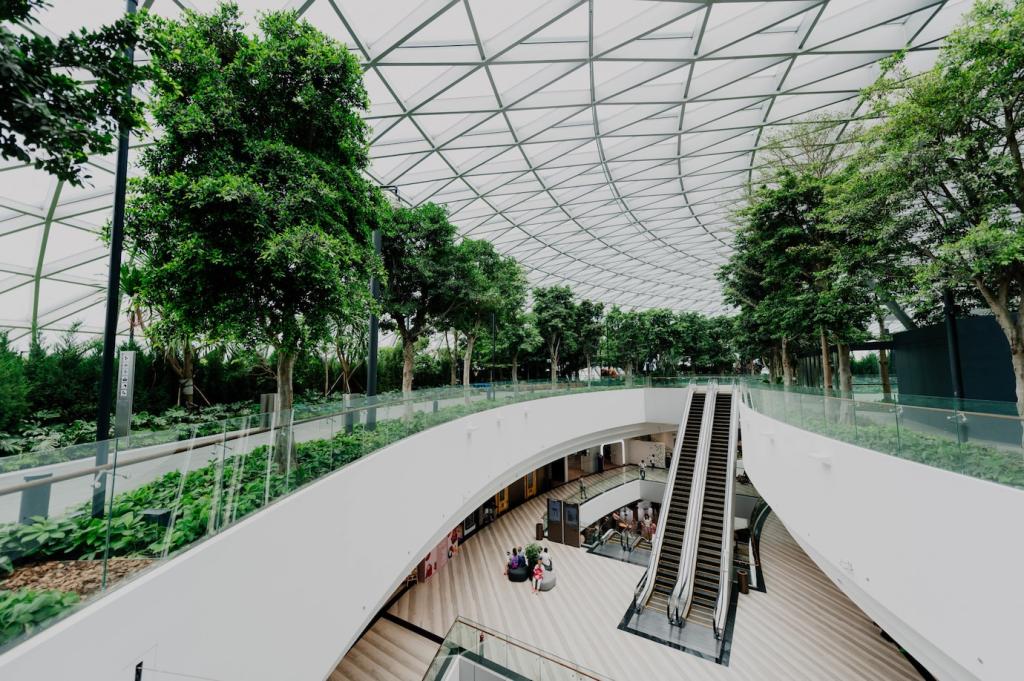This website uses cookies so that we can provide you with the best user experience possible. Cookie information is stored in your browser and performs functions such as recognising you when you return to our website and helping our team to understand which sections of the website you find most interesting and useful.
Biodegradable building materials represent a transformative approach to construction that prioritizes environmental responsibility and sustainability. These materials naturally decompose over time without releasing harmful toxins, reducing waste accumulation in landfills and minimizing the ecological footprint of buildings. Integrating biodegradable options into construction promotes resource efficiency, conserves ecosystems, and supports a circular economy where materials continuously cycle through use and reuse. Embracing these materials is essential for fostering healthier living environments and contributing to global efforts in combating climate change. This guide explores the significance, types, benefits, and implementation challenges of biodegradable building materials in sustainable living.
Structural Uses of Biodegradable Materials
Insulation and Thermal Efficiency
Challenges and Future Prospects


